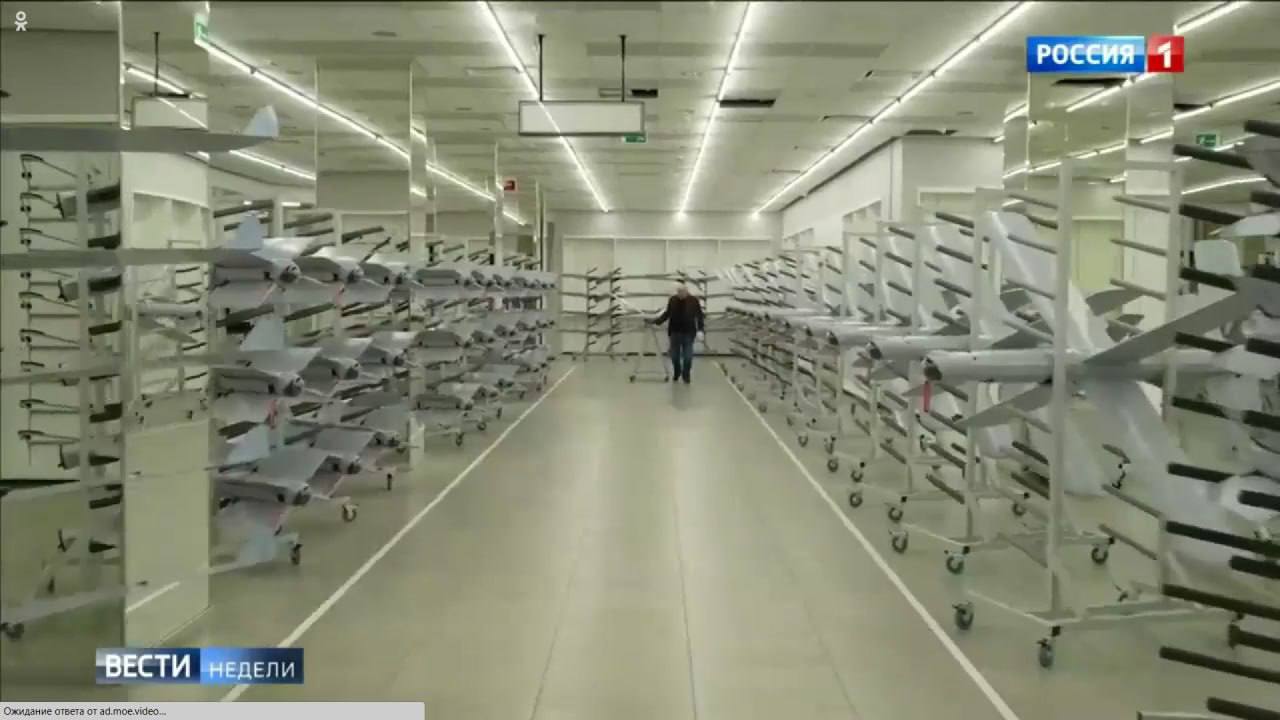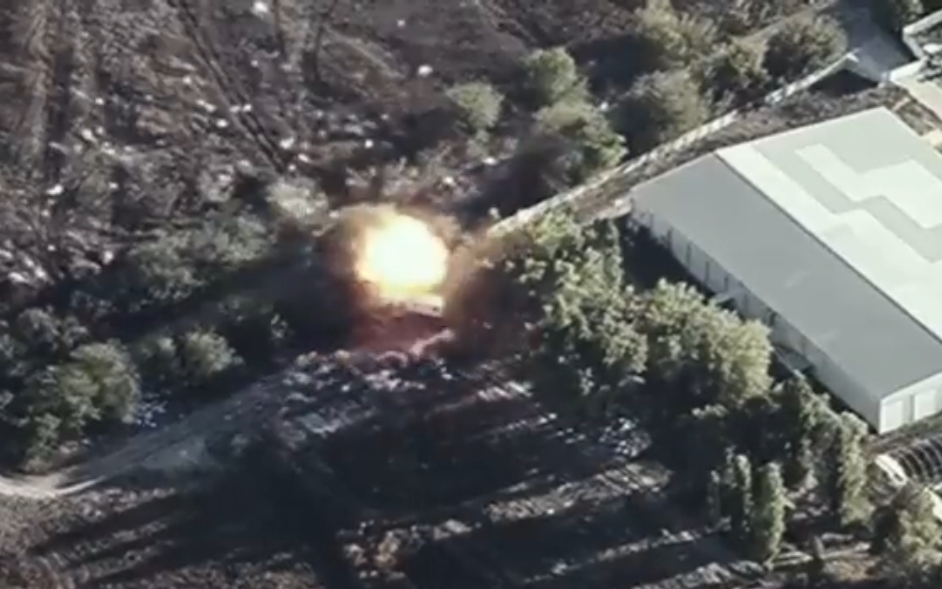Ukrainian Strikes May Have Hindered Lancet Drone Production
2 February, 2024 Lancet loitering munition. Photo from open sources Ukrainian attacks on the facilities of the Russian military-industrial complex may have disrupted the production of Lancet kamikaze drones.
This issue is discussed in a Forbes article by David Hambling. In the summer of 2023, the Lancet manufacturer showed a production site located in a shopping center where hundreds of drones were being manufactured. Russian propagandists claimed that the company could scale up production 50 times.
However, according to the author of the article, after these statements, the number of Lancet drones deployed on the battlefield dropped. He based his analysis on the Russian thematic forum LostArmor, whose users collected videos of the use of these drones.
 Lancet-2 drones at the Zala Aero. Source: Russia 1
Lancet-2 drones at the Zala Aero. Source: Russia 1
LostArmour numbers show a decrease in the number of Lancet drones: almost 50 in March and April 2023, rising to a peak of 135 in July, and starting in August, the number began to fall and reached 126.
But since then, rather than surging, Lancet numbers have sagged. September and October were in the 50s, with a rally to 89 in November before falling back to 59 in December. It is worth noting that the decrease in the number of recorded Lancet strikes may be due to a decrease in the effectiveness of their use: the Russians usually publish only successful defeats or the destruction of equipment.
In addition, this could have happened due to the systematic elimination of reconnaissance UAV crews, a matter that Militarnyi reported on multiple occasions in September and October.
 HIMARS hit Russian operators of ZALA 421-16E2 UAV, October 2023. A frame from the video of the Armed Forces of Ukraine
HIMARS hit Russian operators of ZALA 421-16E2 UAV, October 2023. A frame from the video of the Armed Forces of Ukraine
Hambling also suggests that the number of uses of Lancet kamikaze drones may have decreased due to problems with components. As an example, he cites the attack on the Zagorsk Optical-Mechanical Plant, which makes optical and optoelectronic devices for the Russian army.
However, the author emphasizes that the connection between the Zagorsk Optical-Mechanical Plant and ZALA Aero Group is unproven.
Lancet loitering munition
In the war against Ukraine, the Russian invaders are using two generations of Lancet drones, known as 'Izdeliye-52' and its subsequentversion, 'Izdeliye-51'. The Lancet drone has an unusual aerodynamic wing arrangement. Two X-shaped wings are installed on the fuselage, providing flight and maneuvering.
The front part of the fuselage houses an optical sensor, while the center contains a warhead, battery, and electric motor. Additionally, a thrust propeller is situated in the tail part of the drone. The airframe of the drone is constructed from composite material.
 The Lancet kamikaze drone.
The Lancet kamikaze drone.
Photo credits: Vitaliy Kuzmin
To operate the drone, a crew sets up a drone control station resembling a case, along with a catapult for launch. The operational range of drones exceeds 40 kilometers, with some comparisons suggesting a maximum flight radius of about 50 km. Due to these specifications, the drone is actively used by the invaders for counterbattery work and to destroy anti-aircraft systems.
According to the Oryx project, the cost of one UAV is about £35,000.